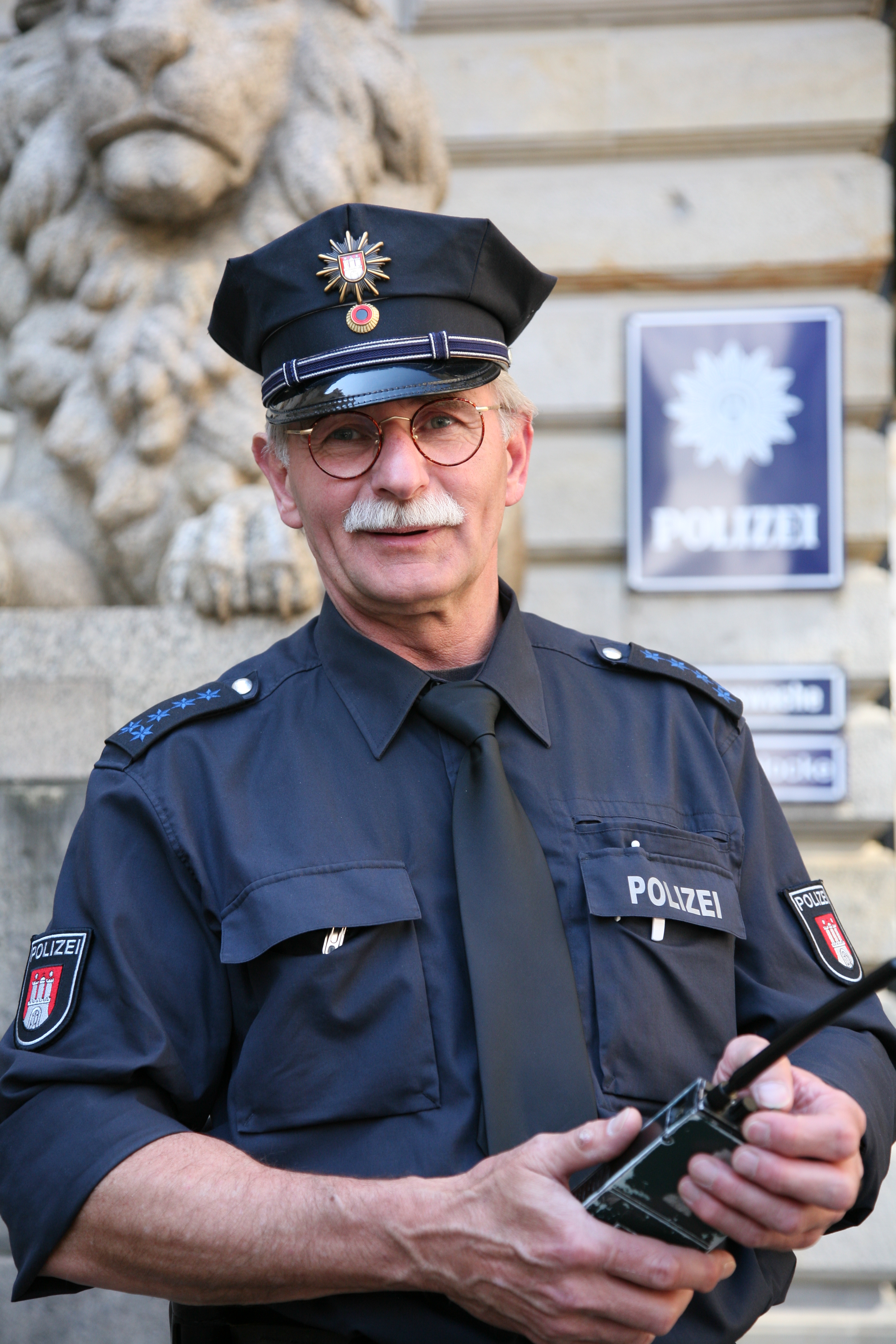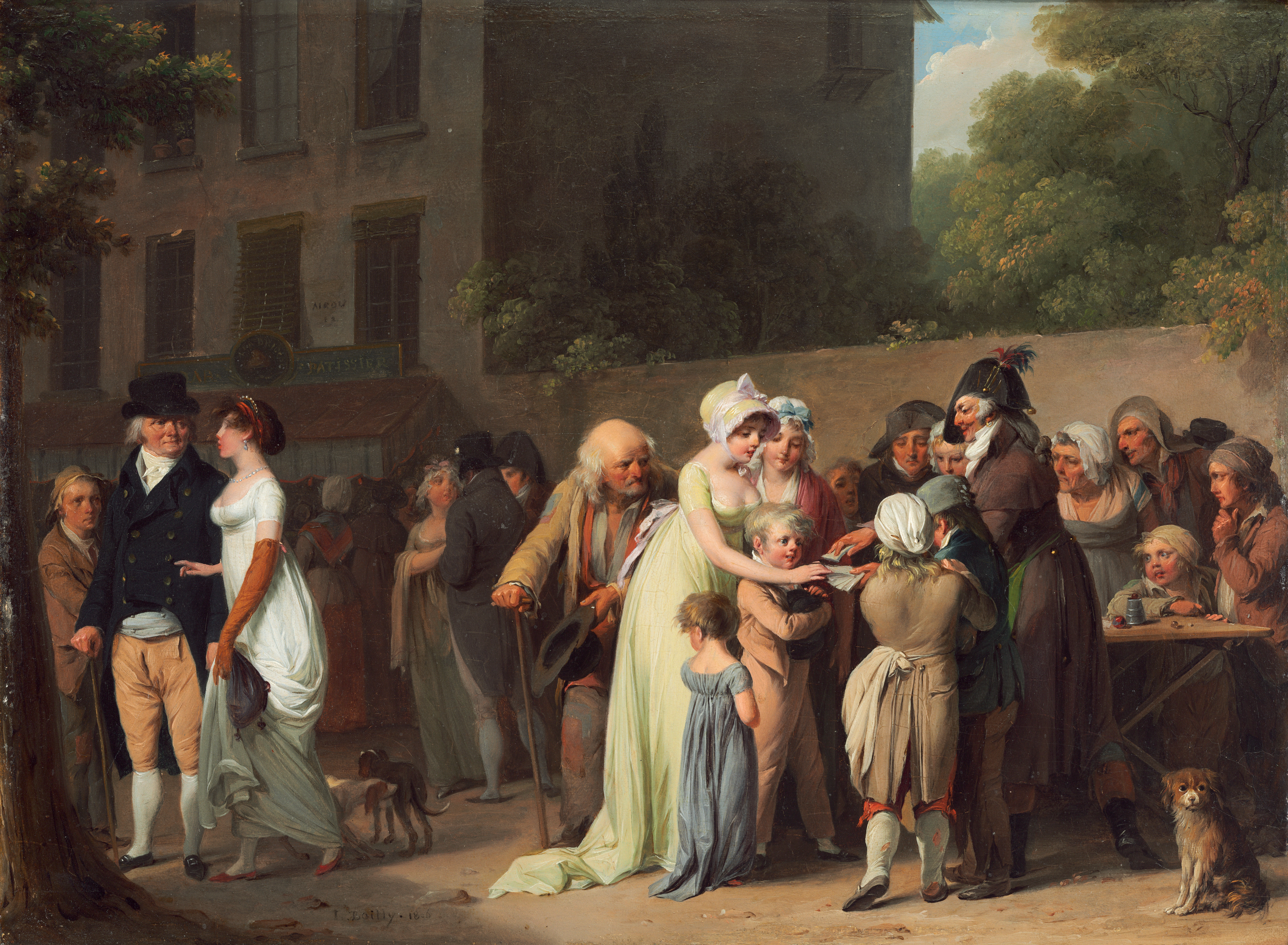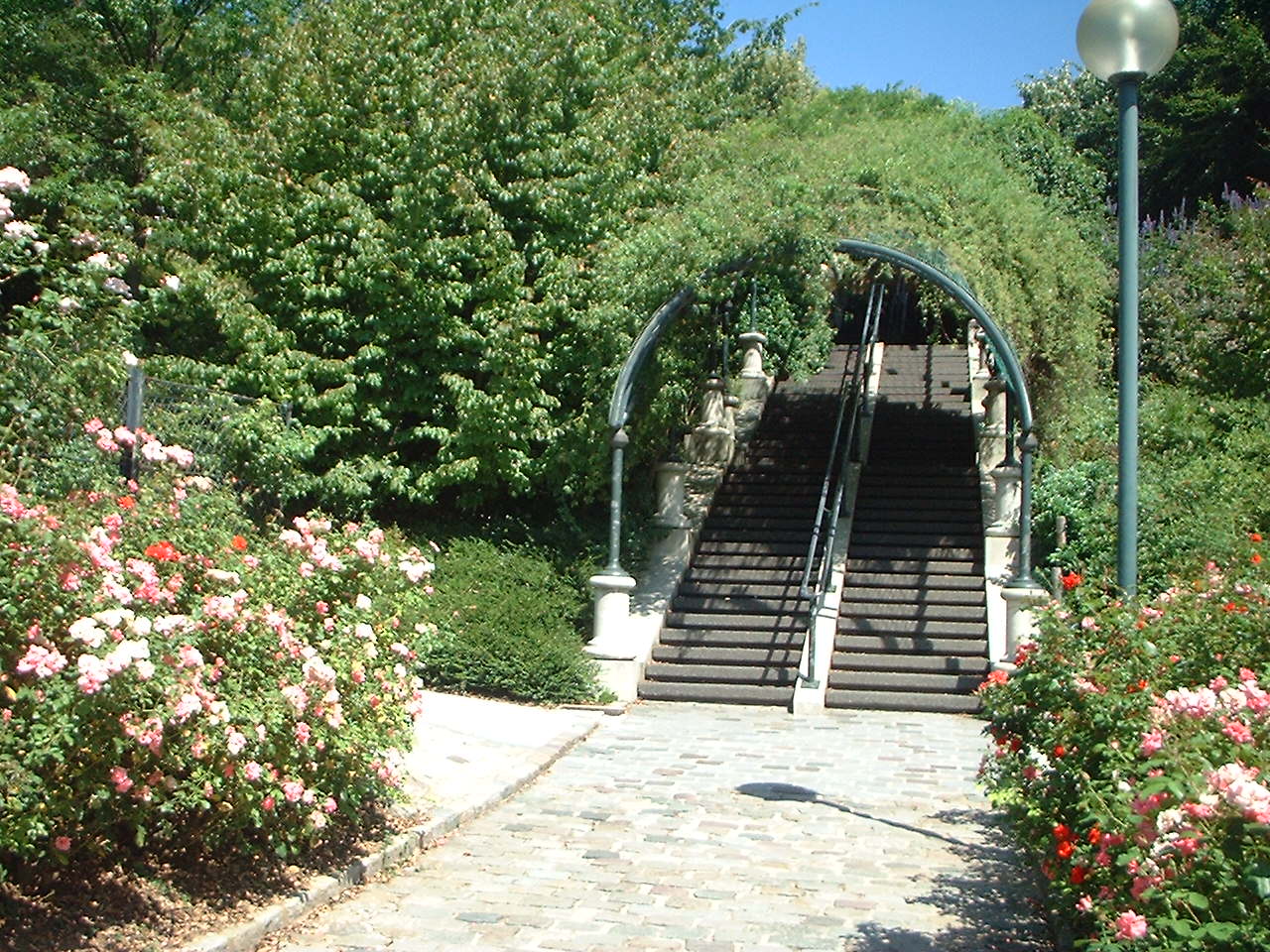|
1869 French Legislative Election
Parliamentary elections were held in France on 24 May and 1 June 1869, with a second round on 6 and 7 June.Dieter Nohlen & Philip Stöver (2010) ''Elections in Europe: A data handbook'', p673 These elections resulted in a victory for the regime of the Second Empire, but the opposition strengthened its presence in the legislature. Nationwide, the regime won 55% of the vote. In Paris, the opposition parties (mostly Republicans) won 75% of the vote; however, the regime won large majorities in the countryside. Results Aftermath On the nights of 8–9 June 1869, the worst rioting in fifteen years,Louis Girard (ed.), ''Les élections de 1869'', Paris, Marcel Rivière, 1960, p.430. "the 'white overalls' riots", erupted in several cities throughout France. In Paris, on 8 June, demonstrators assembled on the Boulevard Montmartre and sang the " Marseillaise" (banned under the Second Empire until the Franco-Prussian War); but that was over in an hour. In Belleville the crowd destroyed ... [...More Info...] [...Related Items...] OR: [Wikipedia] [Google] [Baidu] |
Émile Ollivier
Olivier Émile Ollivier (; 2 July 182520 August 1913) was a French statesman. Starting as an avid republican opposed to Emperor Napoleon III, he pushed the Emperor toward liberal reforms and in turn came increasingly into Napoleon's grip. He entered the cabinet and was the prime minister when Napoleon fell. Biography Émile Ollivier was born in Marseille. His father, Démosthène Ollivier (1799–1884), was a vehement opponent of the July Monarchy, and was returned by Marseille to the Constituent Assembly in 1848 which established a republic. The father's opposition to Louis Napoleon led to his banishment after the coup d'état of December 1851, and he returned to France only in 1860. With the establishment of the Second Republic, his father's influence with Ledru-Rollin secured for Émile Ollivier the position of commissary-general of the of Bouches-du-Rhône. Ollivier, then twenty-three, had just been called to the Parisian bar. Less radical in his political opinions th ... [...More Info...] [...Related Items...] OR: [Wikipedia] [Google] [Baidu] |
Paris
Paris () is the Capital city, capital and List of communes in France with over 20,000 inhabitants, largest city of France. With an estimated population of 2,048,472 residents in January 2025 in an area of more than , Paris is the List of cities in the European Union by population within city limits, fourth-most populous city in the European Union and the List of cities proper by population density, 30th most densely populated city in the world in 2022. Since the 17th century, Paris has been one of the world's major centres of finance, diplomacy, commerce, culture, Fashion capital, fashion, and gastronomy. Because of its leading role in the French art, arts and Science and technology in France, sciences and its early adoption of extensive street lighting, Paris became known as the City of Light in the 19th century. The City of Paris is the centre of the Île-de-France region, or Paris Region, with an official estimated population of 12,271,794 inhabitants in January 2023, or ... [...More Info...] [...Related Items...] OR: [Wikipedia] [Google] [Baidu] |
Émile Waldteufel
Charles Émile Waldteufel (; ; ; 9 December 1837 – 12 February 1915) was a French composer, pianist, and conductor known for his numerous popular salon pieces. Among his best known works is " Les Patineurs" (1882), known as "The Skater's Waltz". Life Waldteufel was born Charles Émile Lévy at 84 Grand'Rue in the centre of Strasbourg. From a Jewish Alsatian family of musicians, his grandfather, father, and two uncles were all dance musicians who had used the name "Waldteufel" (German for ''forest devil'') professionally. His father, Lazare Levy, led a respected orchestra, and his brother Léon was a successful performer. When Léon won a place to study violin at the Conservatoire de Paris, the family followed him there. Waldteufel's mother Flora Neubauer, originally from Bavaria, had been a student of Hummel and had met Haydn; she was also a keen singer and dancer.Hering, Pierre. Emile Waldteufel (1837-1915). In: ''La Musique en Alsace hier et aujourd'hui'' (Strasbourg: ... [...More Info...] [...Related Items...] OR: [Wikipedia] [Google] [Baidu] |
Napoleon III
Napoleon III (Charles-Louis Napoléon Bonaparte; 20 April 18089 January 1873) was President of France from 1848 to 1852 and then Emperor of the French from 1852 until his deposition in 1870. He was the first president, second emperor, and last monarch of France. Prior to his reign, Napoleon III was known as Louis Napoleon Bonaparte. He was born at the height of the First French Empire in the Tuileries Palace at Paris, the son of Louis Bonaparte, King of Holland (r. 1806–1810), and Hortense de Beauharnais, and paternal nephew of the reigning Emperor Napoleon I. It would only be two months following his birth that he, in accordance with Napoleon I's dynastic naming policy, would be bestowed the name of Charles-Louis Napoleon, however, shortly thereafter, Charles was removed from his name. Louis Napoleon Bonaparte was the first and only president of the French Second Republic, 1848 French presidential election, elected in 1848. He 1851 French coup d'état, seized power by force i ... [...More Info...] [...Related Items...] OR: [Wikipedia] [Google] [Baidu] |
Tuileries Palace
The Tuileries Palace (, ) was a palace in Paris which stood on the right bank of the Seine, directly in the west-front of the Louvre Palace. It was the Parisian residence of most French monarchs, from Henri IV to Napoleon III, until it was burned by the Paris Commune in 1871 and demolished in 1883. Construction began in 1564, originally to serve as a home for Queen Catherine de' Medici, and was gradually extended until it closed off the western end of the courtyard and displayed an immense façade of 266 metres. Since the destruction of the Tuileries, the courtyard has remained open to the west, and the site now overlooks the eastern end of the Tuileries Garden, forming an elevated terrace between the Place du Carrousel and the gardens proper. History Plan of Catherine de' Medici (16th century) The site of the Tuileries Palace was originally just outside the walls of the city, in an area frequently flooded by the Seine as far as the present Rue Saint-Honoré. The land w ... [...More Info...] [...Related Items...] OR: [Wikipedia] [Google] [Baidu] |
Place Du Carrousel
The Place du Carrousel () is a public square in the 1st arrondissement of Paris, located at the open end of the courtyard of the Louvre Palace, a space occupied, prior to 1883, by the Tuileries Palace. Sitting directly between the museum and the Tuileries Garden, the Place du Carrousel delineates the eastern end of the gardens just as the Place de la Concorde defines its western end. The name "carrousel" refers to a type of military dressage, an equine demonstration now commonly called ''military drill''. The Place du Carrousel was named in 1662, when it was used for such a display by Louis XIV. History On 5 October 1789, a Women's March on Versailles, mob from Paris descended upon Palace of Versailles, Versailles and forced the royal family — Louis XVI, Marie Antoinette, and their children, along with the Count of Provence (later King Louis XVIII), his wife Marie Joséphine of Savoy, and Madame Elisabeth, the youngest sister of the King — to move to Paris under the watc ... [...More Info...] [...Related Items...] OR: [Wikipedia] [Google] [Baidu] |
Police
The police are Law enforcement organization, a constituted body of Law enforcement officer, people empowered by a State (polity), state with the aim of Law enforcement, enforcing the law and protecting the Public order policing, public order as well as the public itself. This commonly includes ensuring the safety, health, and possessions of citizens, and to prevent crime and civil disorder. Their lawful powers encompass arrest and the use of force legitimized by the state via the monopoly on violence. The term is most commonly associated with the police forces of a sovereign state that are authorized to exercise the Law enforcement agency powers, police power of that state within a defined legal or territorial area of responsibility. Police forces are often defined as being separate from the military and other organizations involved in the defense of the state against foreign aggressors; however, gendarmerie are military units charged with civil policing. Police forces are usua ... [...More Info...] [...Related Items...] OR: [Wikipedia] [Google] [Baidu] |
Place De La Bastille
The Place de la Bastille () is a square in Paris where the Bastille prison once stood, until the storming of the Bastille and its subsequent physical destruction between 14 July 1789 and 14 July 1790 during the French Revolution. No vestige of the prison remains. The square straddles 3 ''arrondissements'' of Paris, namely the 4th, 11th and 12th. The square and its surrounding areas are normally called simply ''Bastille''. The July Column (''Colonne de Juillet'') which commemorates the events of the July Revolution (1830) stands at the center of the square. Other notable features include the Bastille Opera, the Bastille subway station and a section of the Canal Saint Martin. Prior to 1984, the former Bastille railway station stood where the opera house now stands. The square is home to concerts and similar events. The north-eastern area of Bastille is busy at night with its many cafés, bars, night clubs, and concert halls. As a consequence of its historical significa ... [...More Info...] [...Related Items...] OR: [Wikipedia] [Google] [Baidu] |
Boulevard Du Temple
The Boulevard du Temple (), formerly nicknamed the "Boulevard du Crime", is a thoroughfare in Paris that separates the 3rd arrondissement of Paris, 3rd arrondissement from the 11th arrondissement of Paris, 11th. It runs from the Place de la République to the Place Pasdeloup, and its name refers to the nearby Knights Templars' Temple (Paris), Temple, where they established their Paris priory. History The Boulevard du Temple follows the path of the city wall constructed by Charles V of France, Charles V (the so-called ''Wall of Charles V, Enceinte'', constructed between 1356 and 1383) and demolished under Louis XIV. The boulevard, lined with trees, was built between 1656 and 1705. From the time of Louis XVI (1774–1792) until the July Monarchy in 1830, the Boulevard du Temple was popular and fashionable. It was a place for walking and recreation. Cafés and theatres previously located at the Saint-Laurent and Saint-Germain-des-Prés, Saint-Germain fairs moved here. After a t ... [...More Info...] [...Related Items...] OR: [Wikipedia] [Google] [Baidu] |
Belleville, Paris
Belleville () is a neighbourhood of Paris, France, parts of which lie in four different arrondissements of Paris, arrondissements. The major portion of Belleville straddles the borderline between the 20th arrondissement of Paris, 20th arrondissement and the 19th arrondissement of Paris, 19th along its main street, the ''Rue de Belleville''. The remainder lies in the 10th arrondissement of Paris, 10th and 11th arrondissement of Paris, 11th arrondissements. It was once the independent commune in France, commune (municipality) of Belleville (commune), Belleville which was annexed by the City of Paris in 1860 and divided between two arrondissements. Geographically, the neighborhood is situated on and around a hill which ties with Montmartre as the highest in Paris. The name Belleville literally means "beautiful town". History Historically, Belleville was a working-class neighborhood. People living in the independent village of Belleville played a large part in establishing the S ... [...More Info...] [...Related Items...] OR: [Wikipedia] [Google] [Baidu] |
Franco-Prussian War
The Franco-Prussian War or Franco-German War, often referred to in France as the War of 1870, was a conflict between the Second French Empire and the North German Confederation led by the Kingdom of Prussia. Lasting from 19 July 1870 to 28 January 1871, the conflict was caused primarily by France's determination to reassert its dominant position in continental Europe, which appeared in question following the decisive Austro-Prussian War, Prussian victory over Austria in 1866. According to some historians, Prussian chancellor Otto von Bismarck deliberately provoked the French into declaring war on Prussia in order to induce four independent southern German states—Grand Duchy of Baden, Baden, Kingdom of Württemberg, Württemberg, Kingdom of Bavaria, Bavaria and Grand Duchy of Hesse, Hesse-Darmstadt—to join the North German Confederation. Other historians contend that Bismarck exploited the circumstances as they unfolded. All agree that Bismarck recognized the potential for new ... [...More Info...] [...Related Items...] OR: [Wikipedia] [Google] [Baidu] |
Marseillaise
"La Marseillaise" is the national anthem of France. It was written in 1792 by Claude Joseph Rouget de Lisle in Strasbourg after the declaration of war by the First French Republic against Austria, and was originally titled "". The French National Convention adopted it as the First Republic's anthem in 1795. The song acquired its nickname after being sung in Paris by ''Fédéré'' (volunteers) from Marseille marching to the capital. The anthem's evocative melody and lyrics have led to its widespread use as a song of revolution and its incorporation into many pieces of classical and popular music. The Italian violinist Guido Rimonda pointed out in 2013 that the incipit of "Tema e variazioni in Do maggiore" of Giovanni Battista Viotti has a strong resemblance to the anthem. This incipit was first thought to have been published before La Marseillaise, but it appeared to be a misconception as Viotti published several variations of "La Marseillaise" in 1795 and wrote as a note "I ... [...More Info...] [...Related Items...] OR: [Wikipedia] [Google] [Baidu] |







